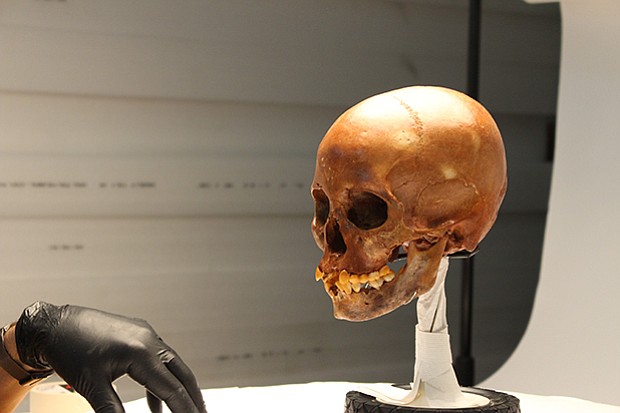Deep underground in a flooded cave system in the Yucatan’s remote jungles, divers discover a huge underwater pit littered with a treasure trove of bones: more than 20 extinct species — and a nearly complete human skeleton of a teenage woman.
Painstaking investigation reveals a unique time capsule preserving an astonishing glimpse of Ice Age life in America.
But who was the girl?
Where did she come from, what did she look like and how did she die?
In “First Face Of America,” NOVA makes an incredible journey — from stunning Mexican caves to the Alaskan wilderness, to leading genomics and forensics labs — to pursue groundbreaking new finds that are rewriting the story of the forgotten first Americans who ventured into our vast continent.
“The question of who were the first people to inhabit the Americas remains a tantalizing puzzle,” said Paula S. Apsell, Senior Executive Producer of NOVA. “‘First Face Of America’ is an intriguing story of discovery—an underwater adventure, archaeological detective story and forensic mystery all rolled into one—with state-of-the-art genomics unlocking remarkable new clues to the earliest Americans.”
The Hoyo Negro Site:
On an unlucky day around 13,000 years ago, a 15- to 16-year-old-girl tumbled to the bottom of a 100-foot pit deep inside a huge cave in Mexico’s Yucatan Peninsula.
Eventually, rising seas flooded the cave, sealing it off from the outside world.
The body lay undisturbed until 2007, when a team of divers exploring underwater caves discovered a human skeleton surrounded by pristine fossils of extinct Ice Age beasts — including a mastodon, giant sloths, an elephant-like gomphothere and saber-tooth tigers.
In “First Face Of America,” NOVA investigates the incredible find by expert divers Alex Alvarez and Alberto “Beto” Nava, a National Geographic Explorers Grantee, who named the girl “Naia,” after a sea nymph.
NOVA also follows scientists and divers as they return to the site to retrieve the ancient fossils from the cenote known as Hoyo Negro, or “Black Hole.”





1 comment
I have recently had my DNA tested It shows that I share the same halpogroup as Naia of the Yucatan.
Comments are closed.